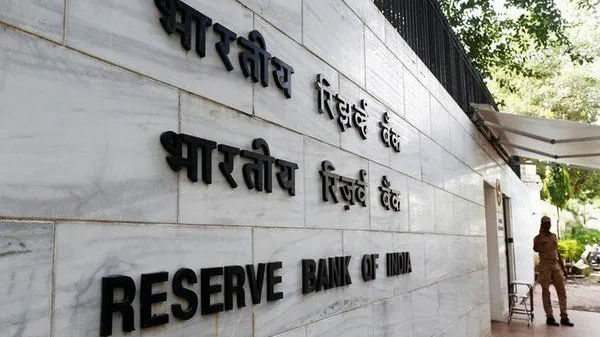The Indian economy is projected to recover despite global threats according to the Reserve Bank of India’s (RBI) annual report released on May 27.
“Despite these risks, the recovery is getting entrenched and is broadening,” the RBI said.
Also Read| ‘There’s a buffer’: Why IMF’s Gita Gopinath thinks risk of a recession is low
According to the report, the significant rise in government capital expenditure might crowd in private investment and create a virtuous cycle, enhancing aggregate demand. The National Infrastructure Plan and the National Monetisation Pipeline are both projected to boost infrastructure investment significantly.
Also Read| Why world’s dependence on Russia oil may trigger a global recession
On the strength of increased immunisation and stronger economic prospects, consumer and business confidence “remains resilient” despite the third COVID wave, according to the report. It said that a complete rebound in aggregate demand is dependent on a reversal in private investment.
Also Read| Rishi Sunak throws the dice: Inside UK’s £15 bn Cost of Living Package
Also Read| What is Indo-Pacific Economic Framework?
The RBI stated that tackling supply-side constraints and aligning monetary and fiscal policy support to aggregate demand and structural reforms will determine the future path of development.
The Monetary Policy Committee (MPC) of the Reserve Bank of India (RBI) has long prioritised growth above inflation by holding the repo rate at a historic low of 4% from May 2020. But, at a surprise meeting, it raised its repo rate by 40 basis points to 4.40% in anticipation of increased inflation. It also increased banks’ cash reserve ratios by 50 basis points in an effort to drain surplus liquidity from the banking sector.
Also Read| Why wealth inequality feeds into a poverty loop
According to the meeting minutes, the MPC will have to front-load rate rises in order to react quickly to the inflation risk exacerbated by commodity shortfalls and supply restrictions. Jayanth Varma, a panel member, stated that the MPC may need to hike rates by 100 basis points “very soon.”
Also Read| Economists expect more aggressive rate hikes from RBI after hawkish minutes
The RBI stated that cost-push pressures from high industrial raw material prices, transportation expenses, and global logistics and supply chain constraints continue to have an impact on core inflation.
Also Read| What are the effects of the Fed raising interest rates to fight inflation?
“The substantial wedge between wholesale and retail price inflation amidst a sharp rise in manufactured products’ inflation poses a risk of a possible passthrough of input cost pressures to retail inflation with a lag, although slack in the economy is muting the passthrough,” the central bank said.
Also Read| Why US inflation is going up and when will it come down
According to the RBI, the Russia-Ukraine war and subsequent surge in commodity prices have “overcast the outlook for inflation” in India and the rest of the globe.
Also Read| How inflation affects RBI’s interest rate policy
In April, India’s headline consumer price index (CPI)-based inflation rate increased to an eight-year high of 7.79%, remaining beyond the Reserve Bank of India’s upper tolerance level of 6% for the fourth consecutive month. The RBI is tasked to aim inflation at 4%, with a two-percentage-point tolerance range on each side.
Also Read| Explained: Difference between RBI’s accommodative, neutral & hawkish stance
In its April policy statement, the RBI updated its inflation forecast upward while substantially lowering its economic output forecast for the current fiscal year. The RBI expects inflation to average 5.7% this fiscal year and economic growth to average 7.2%. Economists anticipate that the RBI will improve its inflation prediction at its upcoming monetary policy meeting on June 8.







